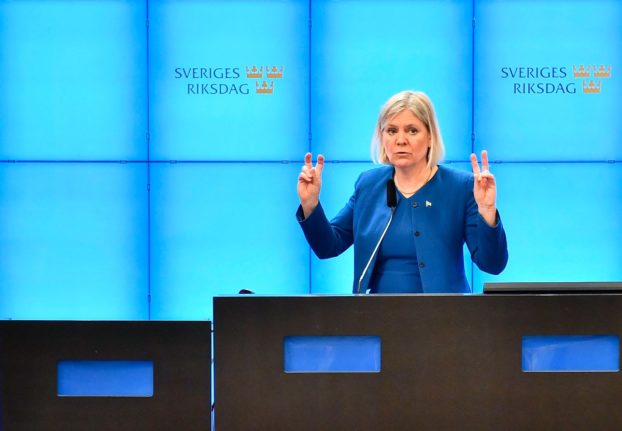Four-year-old Adrian Sager loves to drop leaves and watch them drift and perform summersaults as they softly sway to the ground. At the boy’s kindergarten, nestled on the edge of a deep forest, Adrian can spend hours on end with his favourite pastime.
Adrian is one of 21 children in the forest kindergarten in Kronberg, a village near Frankfurt. For these children, the classroom is equipped with a whole different set of teacher supplies and toys than a usual day-care centre.
Instead of artificially lit rooms full of plastic toys, miniature kitchens and indoor slides, the children have a choice of sticks, rocks, bugs, butterflies and mud for playthings. If a child wants to “cook” something, first he or she must design the kitchen with limbs and leaves and convince the others that it is indeed one. For sliding, children find muddy mounds and ease their way down.
These are just a few of the activities on offer for children in what Germans call a Waldkindergarten. The concept originated in Denmark and is based on the idea that the forest is the best possible classroom. Children spend many hours every day in the forest – rain or shine, cold or warm. The motto at a forest kindergartens is: “There’s no such thing as bad weather. There’s only the wrong clothing.”
Parents who send their children aged three to six to forest kindergartens often say they want their little ones to develop a relationship to nature at an early age and learn to use all of their senses. They see the quiet time in the forest as a special gift to children who will most likely spend their later working years sitting indoors in loud offices working at computers. Children are also forced to use their imagination instead of relying of plastic toys, and the fresh air and variable weather is thought to strengthen young immune systems.
Returning to the roots
In Germany, the idea of forest kindergartens has taken off since the 1990s, and now the country can boast several hundred such “institutions.” It even has forest kindergartens in major cities such as Berlin and Munich. The trend appears to be driven by an interest in the educational benefits of this type of care as well as a German love for the forest that has entranced Teutonic poets and artists for centuries. However, there’s also the practical advantage that no building construction is necessary in a country, where, by some estimates, only 10 percent of all children aged three can find available spots in kindergartens.
At a recent summer party at Kronberg’s forest kindergarten, children dressed up and performed a play for parents and visitors. Their stage was, of course, a small clearing in the forest. Nearby, children could play in a car that was constructed with logs. After the guests left, several older kids pitched tents for a group sleepover in the woods.
Kronberg’s forest kindergarten has been in operation for 10 years. The children have three teachers who work in a team. Barbara Kramer, one teacher, has been working at the kindergarten for seven years. Before taking the job, she hiked in the woods frequently and participated in conservation projects. But she wasn’t sure she could spend so much time in the outdoors every day due to her hay fever.
But since Kramer made the decision, she hasn’t looked back. “Here in the forest, children have to find their own toys. They have to be much more creative. They experience their fundamental senses as they learn the meaning of cold and warm and play with mud,” she said, adding, “The forest is a great place for children to catch up if they have sensory deficits.”
Each week, the kids in Kronberg spend one day in the group’s shelter, an old-fashioned train car, or inside a small cabin that was recently built for the kindergarten. They often work on arts and crafts with things they collected in their classroom, such as chestnuts and leaves.
Waldkindergarten teachers aren’t necessarily trained in biology and ecology, but many bring impressive knowledge to the job anyway.
That, according to little Adrian’s mother Ute Sager, has helped her son develop a sophisticated vocabulary of forest-related terminology. She said when she says, “Look at the pretty butterfly,” Adrian replies: “What a nice silver-washed fritillary.”
Adrian and his family are moving away from Kronberg over the summer break, but Sager said her son already has a spot in another similar kindergarten in northern Germany near the border to Denmark. Near the village of Glücksburg, he will attend kindergarten near both the forest and the beach.



 Please whitelist us to continue reading.
Please whitelist us to continue reading.
Member comments